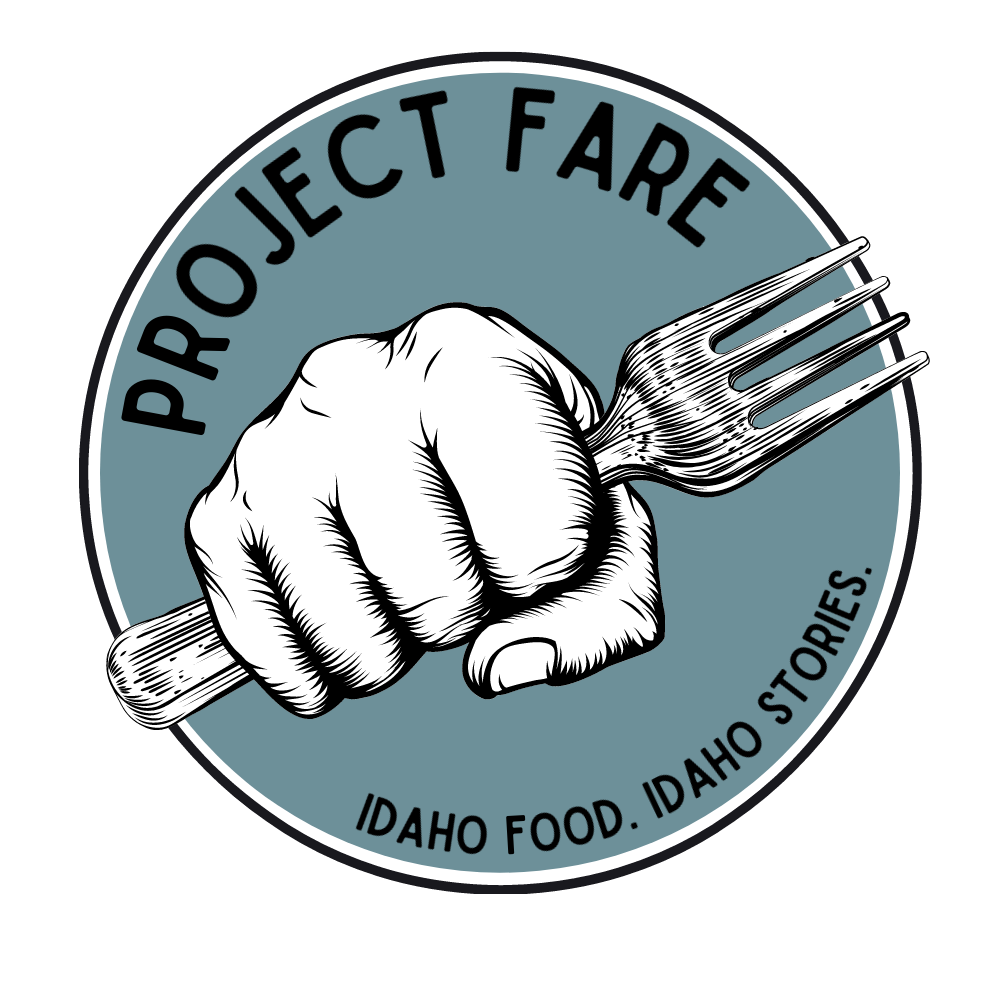From 19th century homesteaders to 21st century refugees, Black farmers have made Idaho their home
Celebrating the stories of our state’s Black farming families, past and present
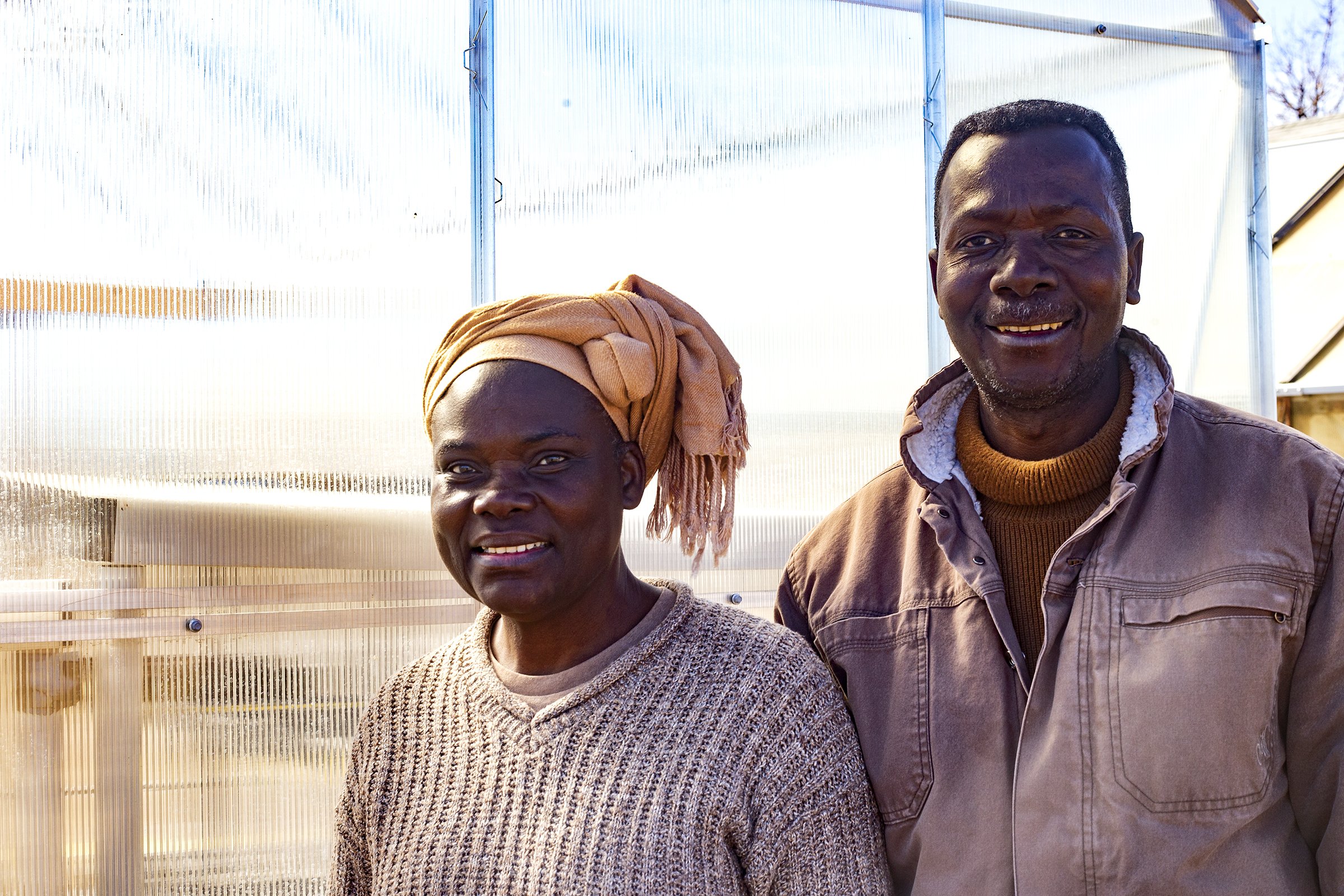
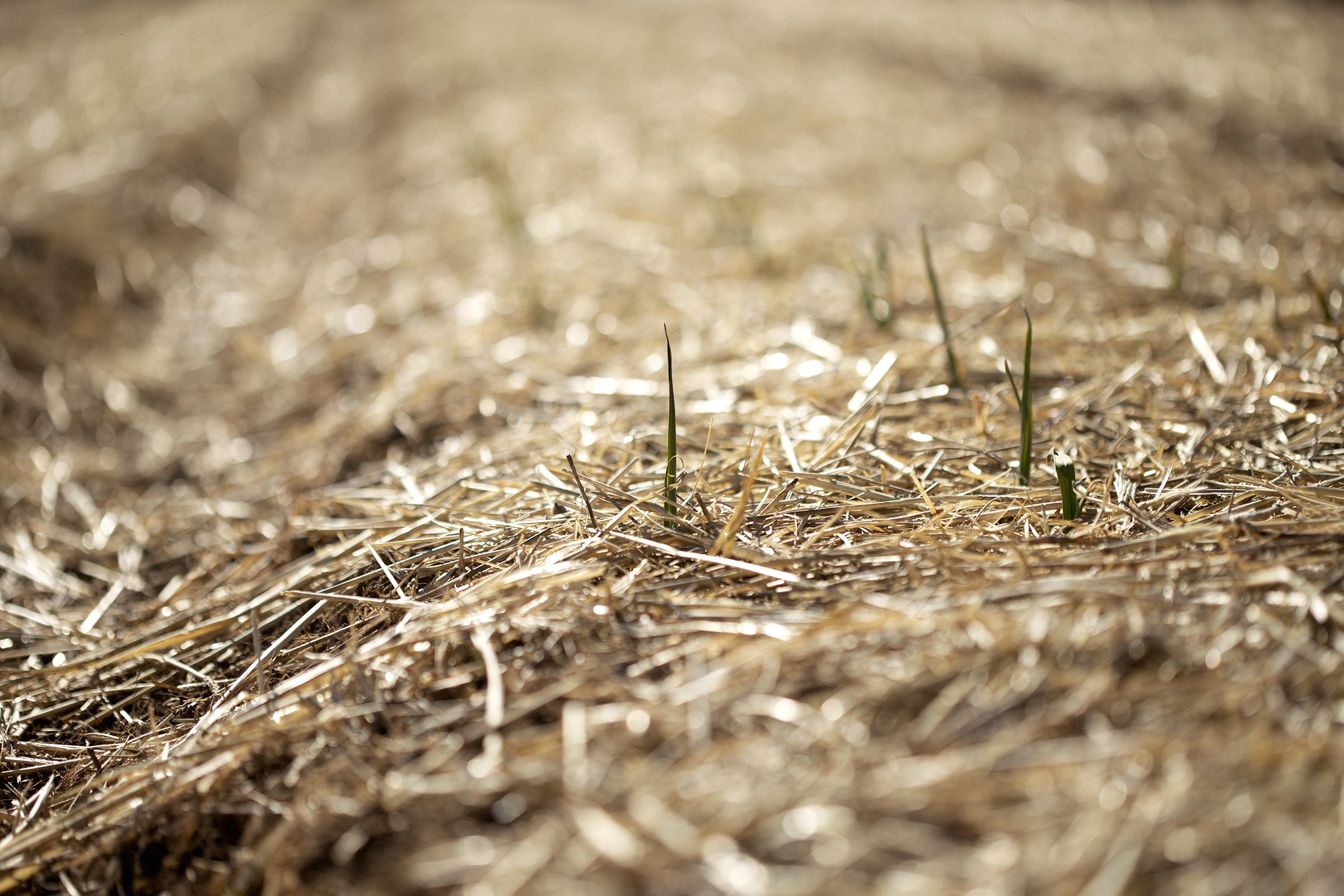
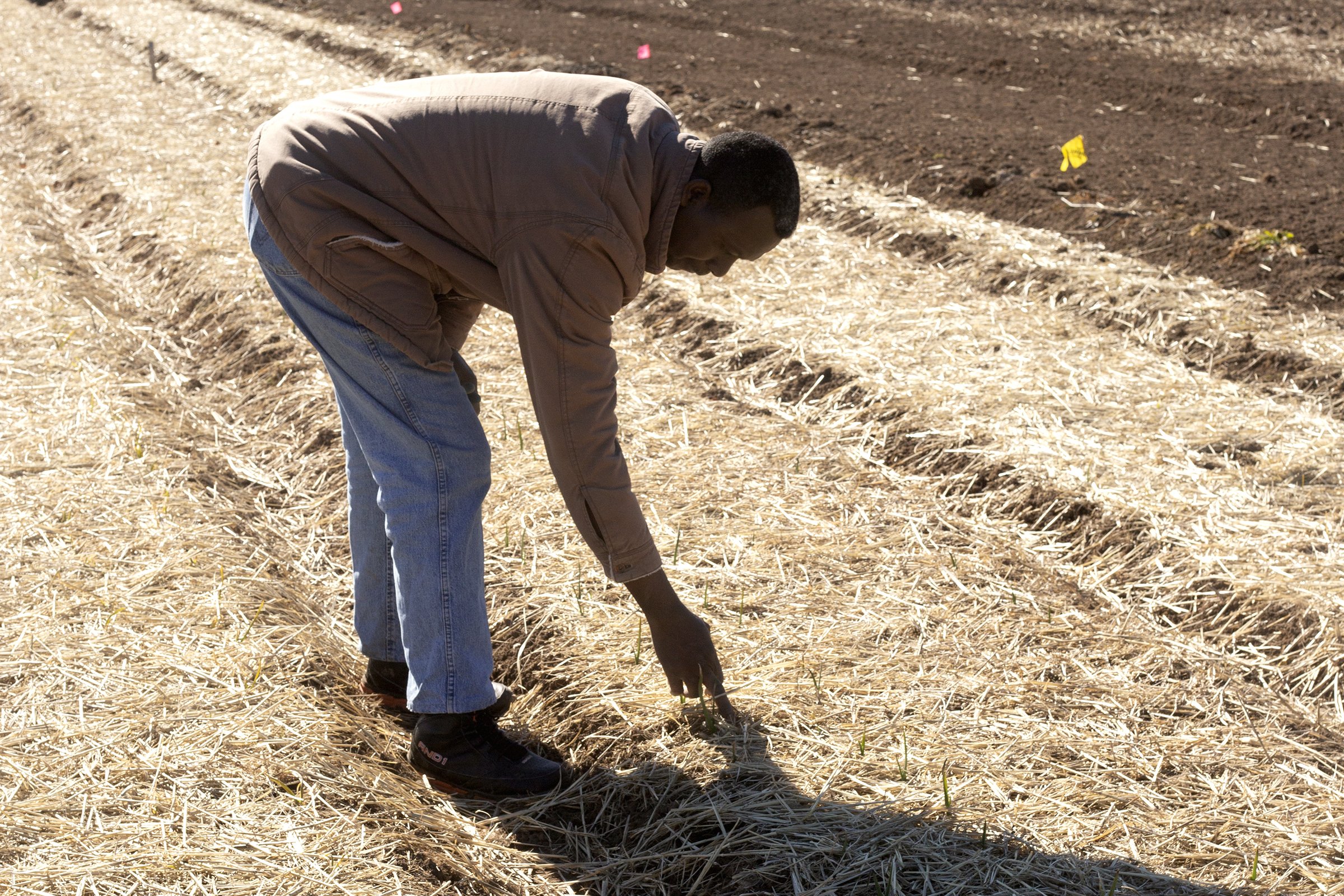

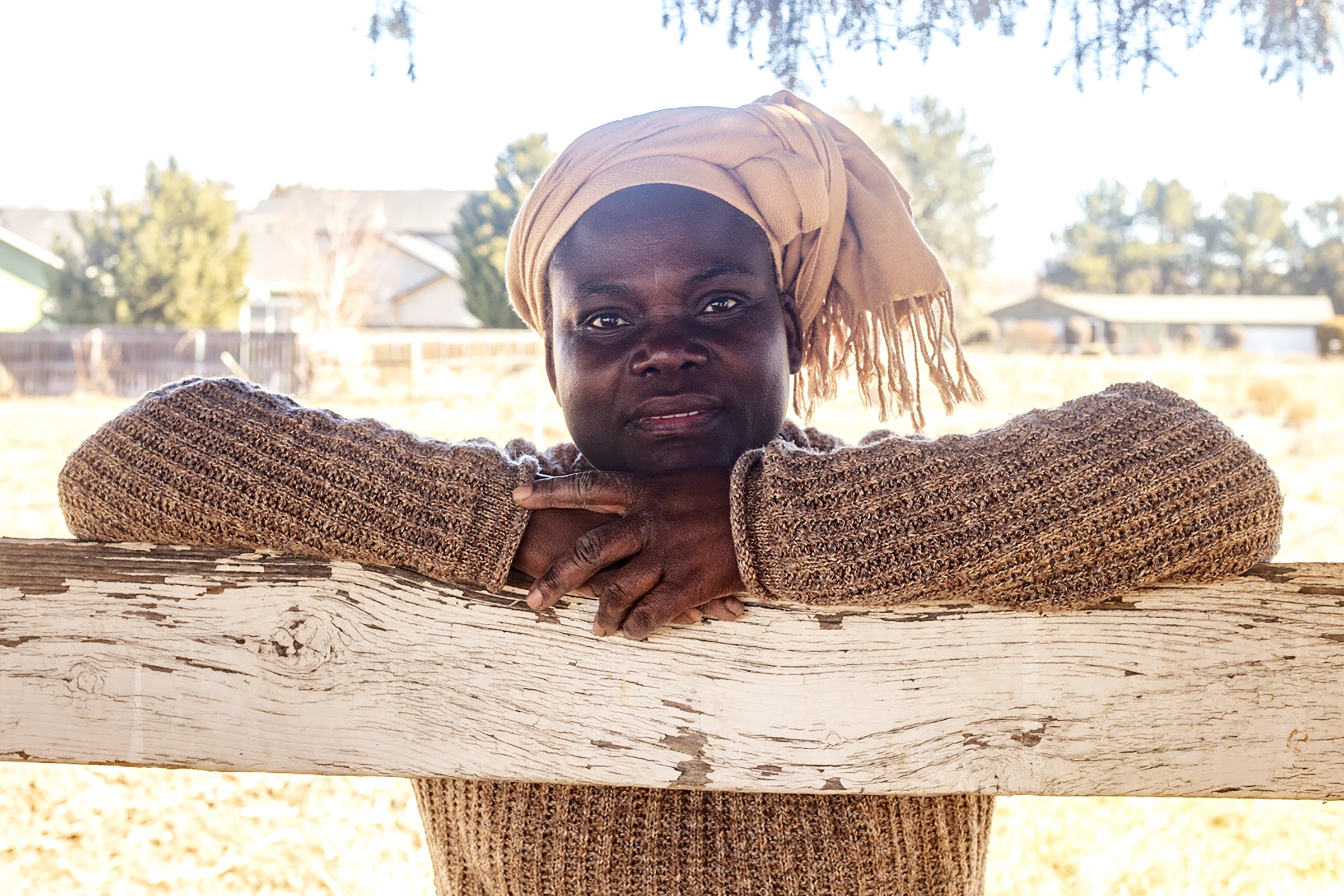
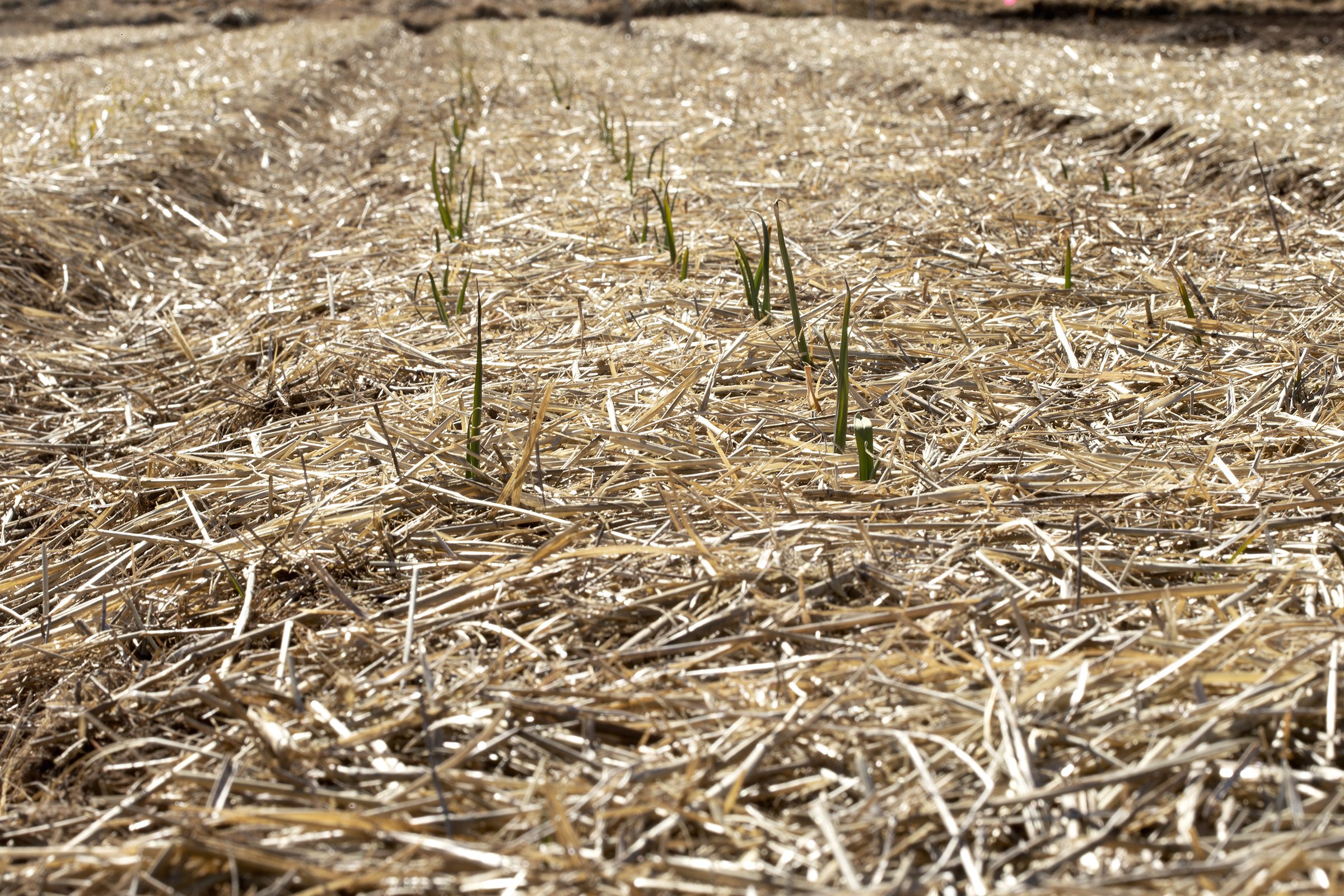
A gallery of photos featuring Marcel and Olga Nlemvo, U.S. citizens and refugees from the Republic of Congo, who operate New Hope Farm on land provided by the Global Gardens program. The Nlemvos have planted garlic on part of their quarter-acre farm this spring. | Photos by Leslie Rodriguez
Story by Cassy Benefield, photos by Leslie Rodriguez
Eugene Settle was 5 years old when he and his family moved from Oklahoma to the Pacific Northwest in 1899. His father, who grew up in Mississippi and was a descendent of enslaved people, had visions of hunting, farming and settling a homestead of his own.
Eugene Settle in his U.S. Army uniform. He fought during WWI, from 1917-1918. | Courtesy of the Latah County Historical Society | Photograph Settle.E.01
Before moving to Idaho, John Settle worked in Arkansas, while Eugene and the rest of the family lived in Oklahoma. John’s boss at the time told him about a train ride he and his wife took from Arkansas to Seattle. He said if he was a young man like John, he would try making a home for his family within all those wide open spaces peppered with wild game and potential farmland.
“And, so, my dad, he liked to hunt ... and my dad, he thought, ‘That’s the place for me,’” said Settle in an interview recorded on June 3, 1975, as part of the Latah County Oral History Collection.
However, when the Settle family arrived in Moscow by train in 1899, residents explained that farming land in the Inland Northwest was quite a bit different than in the South. The country here, they said, was dry and full of sagebrush and wild horses.
After trying his hand on an abandoned homestead in a place Eugene referred to as Crab Creek, John found that the descriptions were true. It was a lot harder than he expected.
So, the Settle family wound up making Moscow home. John found farm and livestock work, including breaking horses, eventually landing on a hay baling business.
Today, the Settle family is known as one of the few Black families who not only made Idaho their home in the late 19th century, but who also made their living through agriculture.
Black Farming History in Idaho Is Scarce
In the early to mid-20th century, much of Idaho’s small Black population moved to urban areas, especially Pocatello and Boise. In the cities, they mainly did railroad and service work, said Jill Gill, a history professor at Boise State University and director of the Marilyn Shuler Human Rights Initiative.
Retired miner Doc Hisom entertains guests in his Lava Rock cabin near Melba, Idaho, in 1920. Five men play instruments and dance to the music inside the cabin, from left to right: Hisom, Ad Santel, Oscar Jenkins, Wladek Zbyszko and Robert Limbert. | Courtesy of the Robert Limbert Papers, Special Collections and Archives, Boise State University
“The prospect of farming did not seem to hold much appeal for most Black people who built lives in Idaho,” Gill said in an email interview. “A handful of Black people who migrated to Idaho in the late 19th and early 20th centuries came to farm — some moving north from Utah with Mormon communities into southeastern Idaho’s sugar beet fields, and a very few that sought to homestead elsewhere in the state.”
Even so, a handful of early Black Idahoans like the Settle family have made it into the state’s historical records as farmers and homesteaders.
One notable person in Idaho’s farming history is William “Doc” Hisom, dubbed “The Hermit of the Snake River Desert.” After coming to Idaho in the 1890s, Hisom was known as a “loner, homesteader, and story-teller,” who stood out with his African and Blackhawk ancestry, according to an article from BSU’s Center for Idaho History and Politics.
Hisom was born in New York and moved to Idaho to mine gold on the Snake River, eventually setting up his lava-rock cabin south of Melba, according to Cort Conley in his chapter on Hisom in his 1994 book “Idaho Loners: Hermits, Solitaries, & Individualists.”
When Hisom wasn’t mining, he worked the land with his business partner, William White, where they “tended a substantial garden (their root cellar, fifteen feet long and proportionality wide, was a potato throw from the cabin), kept chickens, toiled for nearby rimrock farms, and winter-trapped for pelts and the one-dollar bounty on coyotes and bobcats,” writes Conley.
Black Farmers are Still Underrepresented
Today, Idaho remains home to only a few Black farmers.
In the 2017 Census of Agriculture produced by the National Agricultural Statistics Service, just 27 of the 44,355 producers in the state identified as Black or African American alone or in combination with other races. That makes the percentage of Black-identified farmers in Idaho 0.06%.
That percentage is significantly lower than the United State’s total percentage of producers who identify as Black, either alone or in combination with another race, which is 1.4% of the country’s total of 3.4 million producers.
The Biden administration hopes to increase the number of Black farmers and expand their farms through the American Rescue Plan, with $5 billion of the $1.9 trillion set aside to assist Black farmers. Much of the text for this part of the plan came from Sen. Raphael Warnock’s Emergency Relief for Farmers of Color Act, as this Georgia Democrat’s state is one of the top five states with the most Black farmers.
Though Idaho has few Black farmers, it does have a history of receiving federal funds to support Black-owned farms — many of them run by refugees.
Global Gardens Gives Refugee Farmers Access to Land
Through the Global Gardens program, immigrant and refugee families in the Boise area can access land for farming and gardening.
A Global Gardens farmer sells produce in a pop-up market at the Five Mile Church of the Nazarene in June 2020. | Courtesy of Rabiou Manzo.
Rabiou Manzo, Global Gardens’ project manager, said the program’s work is mostly funded by grants from the U.S. Department of Agriculture, along with some private donations. The program is run by the Idaho Office for Refugees and Jannus, Inc.
Fourteen market farmers work on Global Gardens’ eight acres, which are provided by the City of Boise and the Five Mile Church of the Nazarene.
These farmers — currently one from Iraq and the rest from countries in Africa — pay a small maintenance fee for one or more plots of land that are an eighth of an acre each.
In addition, Global Gardens offers about 100 small garden plots to community members, especially refugees and immigrants.
Olga and Marcel Nlemvo, refugees and U.S. citizens from the Republic of Congo, operate New Hope Farm on a quarter acre provided by Global Gardens. They grow a variety of produce, especially vegetables they grew and ate in their home country.
Selling familiar produce to other African immigrants and refugees is “booming very well in Boise,” Manzo said.
Olga and Marcel Nlemvo pose in their Global Gardens greenhouse after checking on their garlic plants in February 2022. | Photo by Leslie Rodriguez.
The Nlemvos and other farmers grow produce to sell to members of the Global Gardens’ Community-Supported Agriculture program, to Boise farmer’s markets and to several Boise restaurants. KIN restaurant, for example, has purchased muchicha, also known as amaranth, from New Hope Farm, using the sour leaves to make soup for one of their tasting menus.
Before arriving in Idaho nearly 10 years ago, the Nlemvos and four of their five children were refugees in Gabon for 12 years. They had to flee their country, where Olga worked as a seamstress and Marcel worked as an electrician, due to the Second Congo War, in which many of their family members were killed.
While refugees, they learned how to farm to survive.
“We had our jobs before, but because of the conditions in the refugee camp, that’s what pushed us to be farmers,” Marcel said.
Arriving in Idaho, they brought their skills learned in the refugee camps to what Olga calls “elementary school” at Global Gardens.
“If you know the refugee story, these are people who have lived in a refugee camp for three decades at most, two decades at least,” Manzo said. “And here, the training we are providing to them is to teach them about vegetables that grow in Idaho or what consumers eat here in Idaho.”
Still, there is only so much programs like Global Gardens can do to launch their farmers into a business that can support them full-time. The Nlemvos, for example, work as custodians in a school in addition to working their land.
“I think a lot of our farmers, including Olga and Marcel, they want to expand and grow,” Manzo said. “Unfortunately, at Global Gardens, it’s not happening because it’s a training we provide, so we don’t have much land for them to grow as much.”
However, as they grow their produce, the Nlemvos grow hope.
Global Gardens helped them get land to start, Olga said. But she and her husband dream of having four acres of their own in Idaho — the place they now call home.
